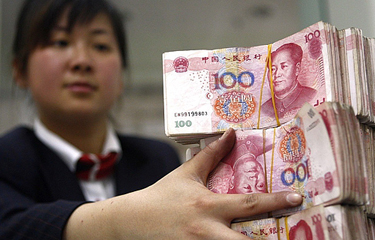 5.) The value of the yuan stabilizes
5.) The value of the yuan stabilizes
China spent the past two years defending the value of its currency, with stringent controls put in place to its movements out of the country.
Those controls seemed to have worked, for now. But the country’s debt level, at 266 percent of GDP, has investors concerned. The market should expect the yuan to fall in value if China’s government struggles to deal with its debt.
Regionally, the yuan’s value against the Japanese yen, the South Korean won and the Hong Kong dollar dictates spending by Chinese tourists in Tokyo sushi bars, Seoul seafood hotpot restaurants, and fancy Cantonese dining in Hong Kong. All of these locations saw strong spending by Chinese tourists –and so-called “dai gou” (a popular Mandarin term) or tourist professional shoppers, in 2017.
The value of the currency has more resonance as the growth in the average Chinese income has slowed – from 10.1 percent in 2012 to 6.3 percent in 2016. Ever higher real estate prices and new challenges, such as the cost of elder care, are all pressures arriving at the doorstep of China’s middle class. Household debt, at 50 percent, is the highest it has ever been in China. A collapse in the currency would significantly dent consumer confidence and reduce seafood sales in China, and across the region.






